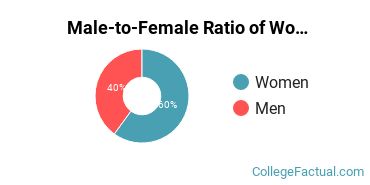 by our College Data Analytics Team
by our College Data Analytics TeamWood Science & Wood Products/Pulp & Paper Technology is a concentration offered under the forestry major at North Carolina State University. Here, you’ll find out more about the major master’s degree program in wood science and wood products/pulp and paper technology, including such details as the number of graduates, ethnicity of students, related majors and concentrations, and more.
If there’s something special you’re looking for, you can use one of the links below to find it:
In 2019-2020, the average part-time graduate tuition at NC State was $1,468 per credit hour for out-of-state students. The average for in-state students was $505 per credit hour. Information about average full-time graduate student tuition and fees is shown in the table below.
| In State | Out of State | |
|---|---|---|
| Tuition | $9,095 | $26,421 |
| Fees | $2,578 | $2,578 |
NC State does not offer an online option for its wood science and wood products/pulp and paper technology master’s degree program at this time. To see if the school offers distance learning options in other areas, visit the NC State Online Learning page.
Women made up around 60.0% of the wood science and wood products/pulp and paper technology students who took home a master’s degree in 2019-2020. This is higher than the nationwide number of 40.0%.

Around 20.0% of wood science and wood products/pulp and paper technology master’s degree recipients at NC State in 2019-2020 were awarded to racial-ethnic minorities*. This is about the same as the nationwide number of 20%.

| Race/Ethnicity | Number of Students |
|---|---|
| Asian | 1 |
| Black or African American | 0 |
| Hispanic or Latino | 0 |
| Native American or Alaska Native | 0 |
| Native Hawaiian or Pacific Islander | 0 |
| White | 3 |
| International Students | 1 |
| Other Races/Ethnicities | 0 |
You may also be interested in one of these majors related to wood science and wood products/pulp and paper technology.
| Related Major | Annual Graduates |
|---|---|
| Forestry, General | 8 |
View All Wood Science & Wood Products/Pulp & Paper Technology Related Majors >
*The racial-ethnic minorities count is calculated by taking the total number of students and subtracting white students, international students, and students whose race/ethnicity was unknown. This number is then divided by the total number of students at the school to obtain the racial-ethnic minorities percentage.
More about our data sources and methodologies.